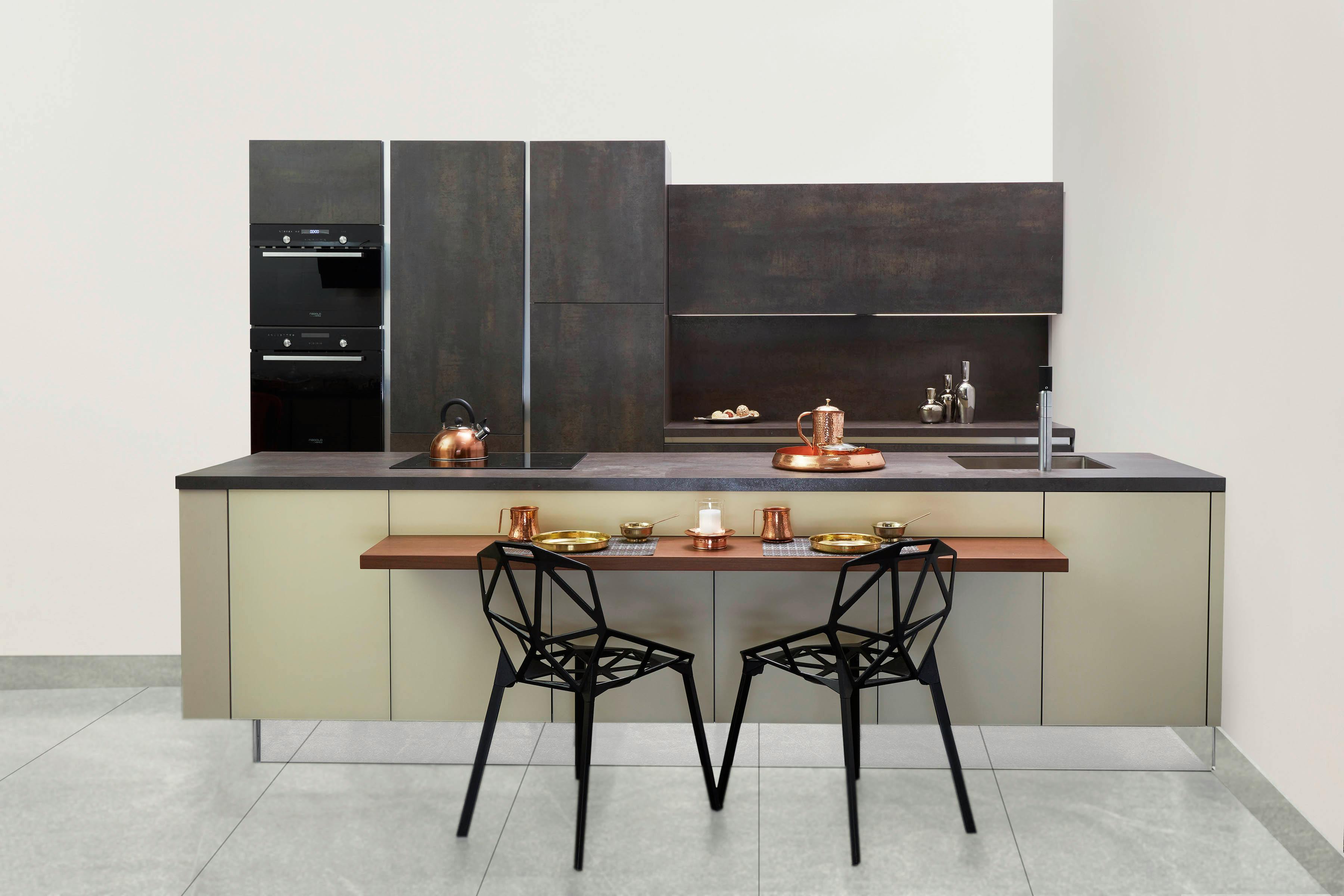Green Custom House Plans
Whether you’re thinking in terms of a simple farmhouse or a luxury home plan, you need to seriously think about how to design your home to be eco-friendly. Green building is not only wise in terms of being environmentally friendly and conserving scarce resources, it is also often the most economically and aesthetically sensible design solution. Let’s take a look at a few things that go into building a green home, starting at the bottom and working up.
In green construction, the foundation must be as well insulated as the walls of the living spaces. This allows for more efficient home energy conservation and increased comfort, especially if the basement will be used as a bedroom or family room. Flooring options, in addition to natural wood, include laminates that mimic rare hardwoods; linoleum, which is a natural product and is popular again; and low-volatility organic compound carpeting, which improves indoor air quality. Heating and cooling equipment should be selected for its efficiency and economy. Tankless water heaters provide on-demand hot water at a temperature that can be preset, rather than storing hot water, greatly reducing standby energy losses. In areas with mild winters, heat pumps are an increasingly popular solution for both heating and cooling the home and heating water.
Architectural house plans should incorporate passive solar features, such as large south-facing windows, which help warm the house in winter and allow more natural light in during the day. Windows that incorporate low-e glass liners or gas-filled interlayers help keep heat in the home in winter and out of the home in summer. Modern siding materials, such as vinyl and fiber cement siding, save money on both installation and maintenance, and are waterproof and termite resistant. By increasing the amount and R-value of insulation, you can save energy and reduce heating and cooling costs. Spray foam insulation is an inexpensive alternative to fiberglass batting. Using pre-cast components such as trusses and pre-cast windows and doors instead of cutting wood on the jobsite saves money and reduces a lot of waste. Plus, factory-built components make the most efficient use of each piece of wood cut. By using recycled wood or plastic composite lumber materials in construction, you can reduce reliance on chemically treated lumber or durable hardwoods for porches and decks. Facing support is a manufactured wood product that does not require the felling of large trees and improves the durability of walls and ceilings.
Green custom home plans make use of the new energy efficient refrigerators and freezers available today. These appliances have more powerful compressors, better insulation, more precise temperature control, and better door seals than older designs. Front-loading washers use half the water and energy of top-loading models. Energy Star qualified appliances save an average of 30% of the energy of standard models. Newer toilet designs have tanks and bowls that use less water, but are more efficient than previous models. Sink and shower faucet aerators deliver an even flow of water regardless of pressure, reducing water use and the energy that heats it. Roof coverings, such as fiber cement or steel, are more durable than traditional materials and reduce maintenance over time. Light colors reflect heat, reducing the cost of cooling in hotter climates.
